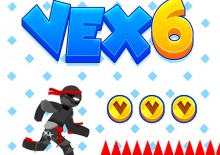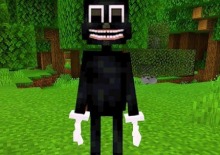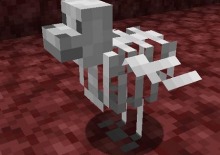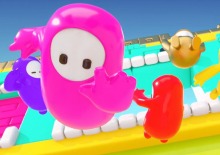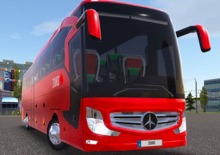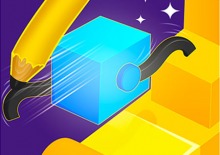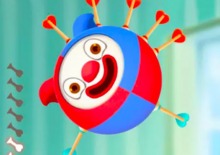Advertisement
Patrick's Parabox
Patrick's Parabox is a puzzle game that explores the concept of recursion through a system of boxes within boxes. Players control a character who can move and push boxes, some of which can contain themselves or even the entire level. This recursive structure becomes the foundation for the game’s logic, requiring players to think not just spatially, but in layers of space that fold in on themselves. The goal is to reach an exit in each level, but getting there means understanding how the structure of the world can be manipulated.
Puzzle Design And Mechanics
Each puzzle presents a limited set of elements, but the rules behind them allow for deep variation. As the game progresses, new mechanics are introduced that challenge the way players understand space. Some boxes act as containers, while others are affected by where they are placed. Certain puzzles ask the player to enter a box, move within it, then come back out into the larger environment with a new solution in mind. This layered thinking defines the game’s difficulty curve.
Key Features That Shape Gameplay
The experience includes a variety of tools and challenges, such as:
· Boxes that can contain other boxes, including themselves
· Player movement inside and outside nested spaces
· Puzzles with multiple valid solutions
· Minimalist visuals to focus attention on mechanics
· A gradual introduction of new rules without dialogue
These elements form a system that grows in complexity while keeping the core interaction simple.
Progression And Visual Clarity
The game's visual presentation is clean and focused, using basic shapes and colors to distinguish between objects and environments. Each level is designed to highlight a particular mechanic or idea, allowing the player to learn through doing rather than being instructed. The difficulty scales naturally, often returning to earlier concepts with new variations. The structure encourages trial and error, where failure is simply part of understanding how space behaves.
Patrick's Parabox offers a unique perspective on puzzle design by creating levels that are both logical and abstract. It does not rely on timers, scores, or rewards, but instead challenges the player's perception of space and recursion. The simplicity of its controls contrasts with the depth of its ideas, making each level feel like a concept waiting to be unpacked. It is a game where solving a puzzle means changing how you think, not just how you move.


























































































